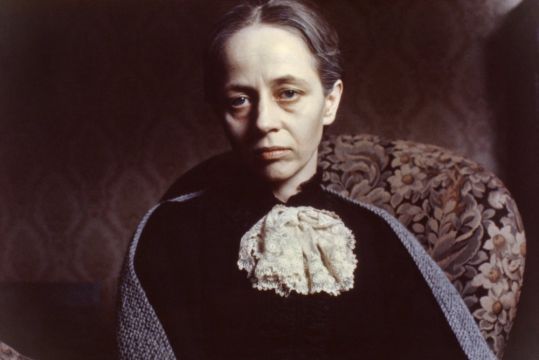Edvard Munch

Synopsis
“This intensely personal biographical recreation of the early years of struggle endured by Norwegian painter Edvard Munch is considered by many to be the most successful portrayal of the artistic process ever depicted on film. Munch, crucified by critics and public alike in the late nineteenth century, is seen here as a young man in battle with puritanical Norwegian society and beset with various family tragedies and resultant depressions, all the while wrestling to give expression to his own artistic voice. Hailed by Ingmar Bergman as "a work of genius," Watkins’s portrait speaks not only to a specific creator and his milieu but to the filmmaker’s own artistic enterprise and to intricate issues of contemporary life.” – Harvard Film Archive"Edvard Much is the most personal film I have ever made. Its genesis lies in a visit to the Edvard Munch Museum in Oslo, in 1968, during the time of a screening of several of my films by the Oslo University. I was awestruck by the strength of Munch’s canvases, especially those depicting the sad life of his family, and was very moved by the artist’s directness – with the people in his canvases looking straight at us. I also felt a personal affinity with his linking of past and present, e.g., in the large painting showing the anguish of his family as his sister Sophie is dying: the artist and his brothers and sisters are depicted as adults – as they were in the 1890s when he painted this scene – even though the event had taken place ca. 20 years earlier. On another occasion, I was also very moved by Munch’s masterpiece ‘Death of a Child’, hanging in the National Gallery in Oslo; in this painting the artist is broken, and has, in an almost desperate frenzy, blurred the form of his earlier depiction of Sophie’s death. This painting, in its time, was attacked as being ‘incomplete’ – a charge which branded certain of his other works as well." – Peter Watkins